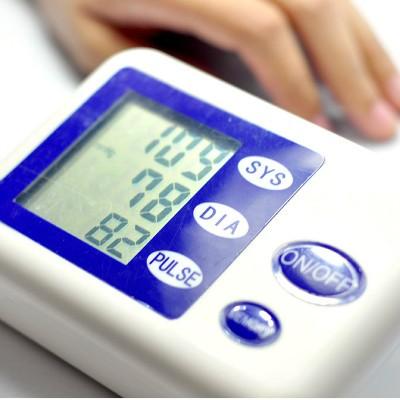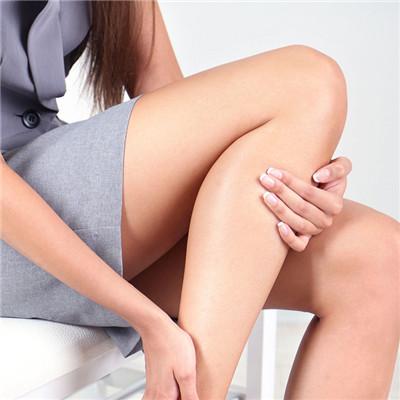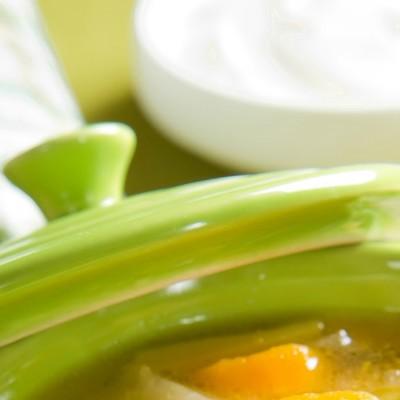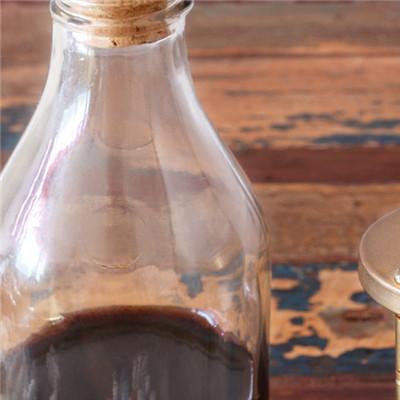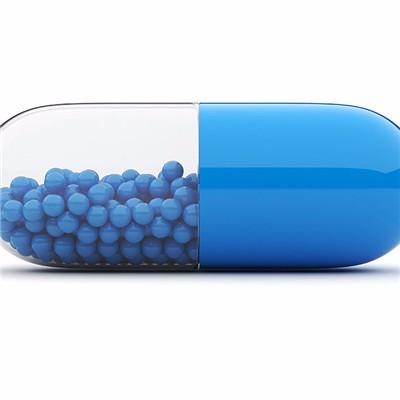Symptoms of ocular hypertension
summary
Ocular hypertension is a special phenomenon in the diagnosis and treatment of primary open-angle glaucoma after decades of clinical experience. In clinical work, it has been confirmed that the vast majority of patients with clear diagnosis of glaucoma have the common characteristics of elevated intraocular pressure. Although ocular hypertension develops slowly and causes less damage to optic disc and visual field, it has an important common pathological factor with open-angle glaucoma, that is, elevated intraocular pressure. Tell us about the symptoms of ocular hypertension.
Symptoms of ocular hypertension
After follow-up, there was no damage to the optic disc and visual field. The development of high intraocular pressure showed a slow and relatively benign process. Through long-term observation, the intraocular pressure of the vast majority of patients with high intraocular pressure was stable and even had a downward trend, which was in sharp contrast to the slow progression and aggravation of open-angle glaucoma, Most of them are located in the upper and lower pole of the optic disc, and the lower pole is more common.
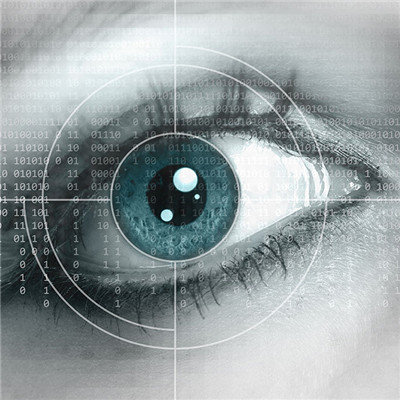
Because the clinical situation of ocular hypertension is complex, and it is true that some ocular hypertension will eventually develop into primary open-angle glaucoma. Therefore, in addition to regular follow-up observation (regular review of intraocular pressure, optic disc, retinal nerve fiber layer and visual field), some ocular hypertension with risk factors of primary open-angle glaucoma or visual field damage should be treated.
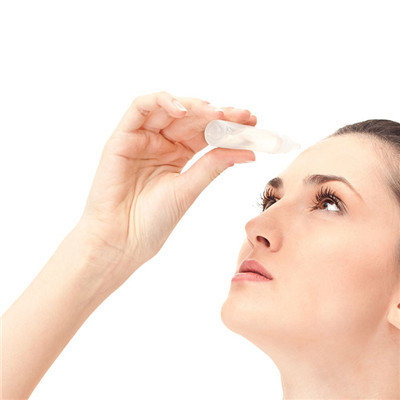
Accompanied by systemic hemodynamic and hemorheological abnormalities that can cause optic disc hypoperfusion, such as diabetes, hypertension, history of cerebrovascular stroke, peripheral vasospasm, hyperviscosity, etc., the "protective" treatment of IOP is drug therapy, and the principle of drug selection is the same as that of primary open-angle glaucoma.
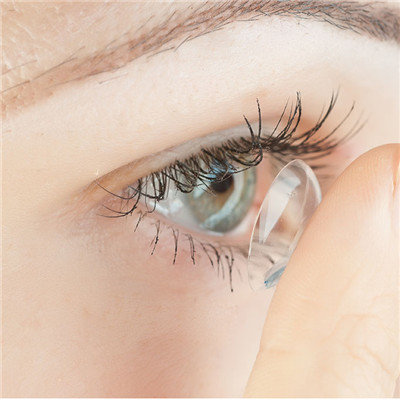
matters needing attention
1. Psychological adjustment: when the patient's mood fluctuates, tired and works in dark environment for a long time, the sympathetic nerve is excited, which makes the pupil dilator muscle contract, causes the pupil to expand, sclera accumulates to the periphery, causes the angle of the chamber to close, aqueous humor to discharge barrier, intraocular pressure to rise, and induces glaucoma attack. Let the patients understand that the acute attack of glaucoma is related to the above factors, keep the spirit happy, have a regular life, and avoid emotional fluctuations. 2. Reasonable diet, no smoking, drinking, drinking strong tea, coffee, eating spicy food and other irritant food, at the same time, the amount of drinking water should be controlled properly, not more than 300 ml at a time, so as to avoid a large amount of water absorbed into the blood in a short period of time, which will increase the aqueous humor and cause the increase of intraocular pressure; Eat more vegetables, should eat honey, honey can not only reduce intraocular pressure, and can catharsis, avoid intraocular water secretion increased and cause increased intraocular pressure. 3. Life rules, reasonable arrangement of daily life, self relaxation, keep the spirit happy; It is not suitable to stay in dark room or dark environment for a long time, because in the dark, pupil dilation, iris peripheral obstruction, narrow chamber angle, aqueous humor discharge obstruction, intraocular pressure rise; When watching TV, there should be indoor lighting to avoid pupil dilation; It's not suitable to bow and bend down to read and write for a long time; The belt, underwear, neckline and bra should not be too tight to prevent the increase of internal carotid artery pressure and intraocular pressure; The pillow should be raised properly during sleep.

